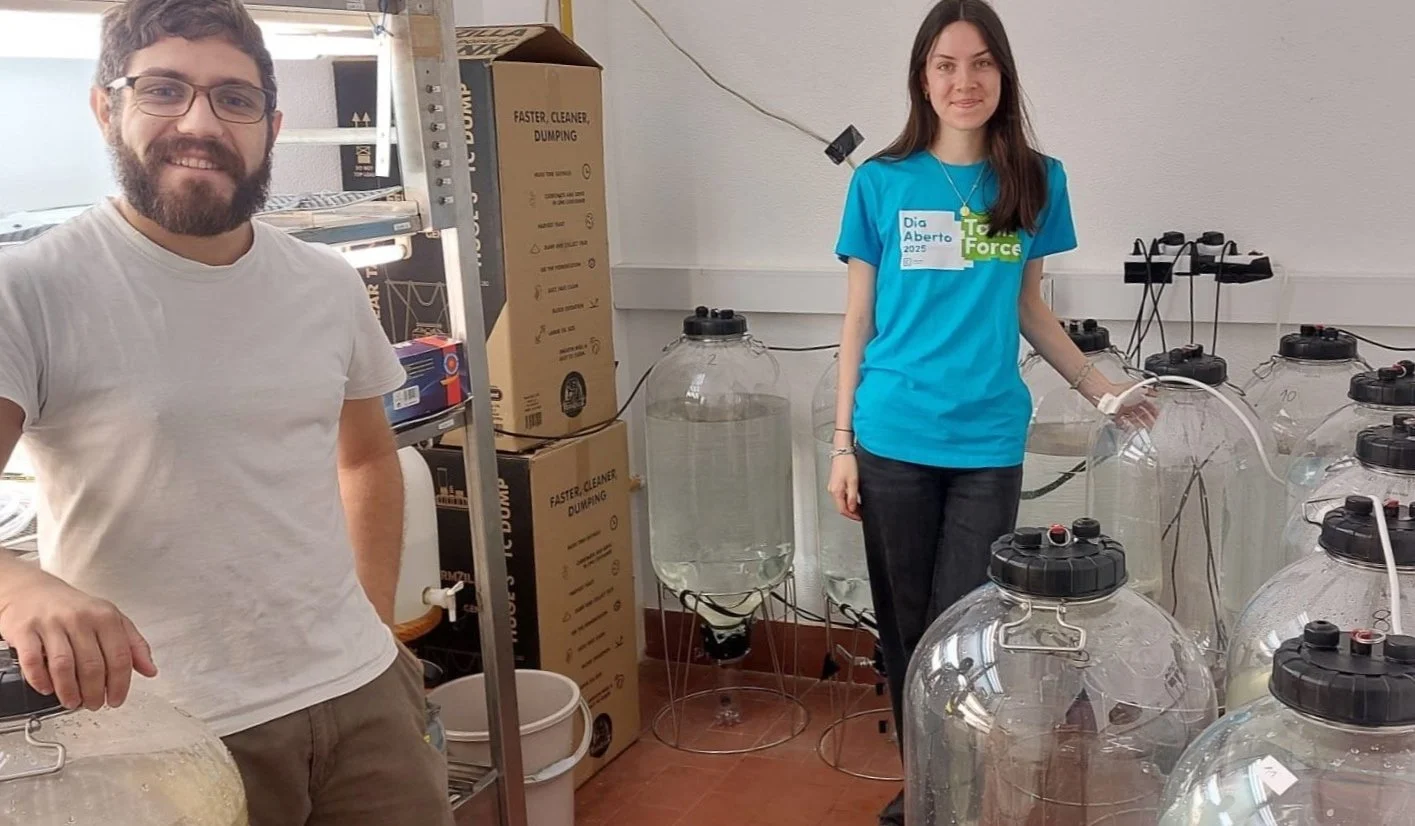Atmospheric dust deposition is likely to change the Earth’s climate and atmospheric CO2 through fertilising phytoplankton in the ocean (nutrient source) and by accelerating the biological carbon pump (ballasting effect). CHASE aims to expand the scope of this line of research by addressing the impact of atmospheric dust deposition on the biogeochemically important coccolithophores thriving across the entire Atlantic Ocean.
CHASE is a multidisciplinary project that aims at understanding the links between atmospheric, oceanographic and ecological processes influencing the meridional distribution of the biogeochemically important coccolithophores across the Atlantic Ocean, based on material collected during the Atlantic Meridional Transect. CHASE is a follow-up of H2020-DUSTCO, both projects aiming at contributing ecological and oceanographic insights to the highly interdisciplinary and dynamically evolving area of dust research.
Coccolithophores (Haptophyta) are amongst the most productive calcifying pelagic organisms, crucially contributing to the rain ratio, a key parameter for biogeochemical models exploring the long-term efficiency of atmospheric CO2 drawdown via the biological carbon pump. Changes in the coccolithophores’ productivity and meridional distribution in response to ongoing ocean warming and increased frequency of dust storms is, thus, likely to directly affect the important biogeochemical cycles that they contribute to.





